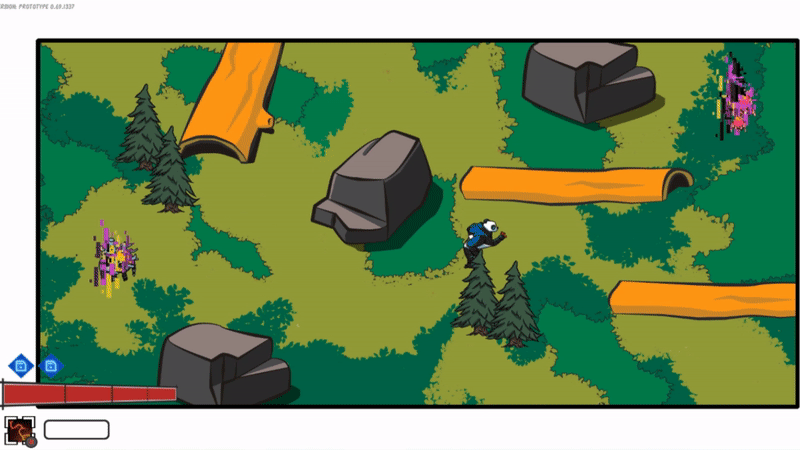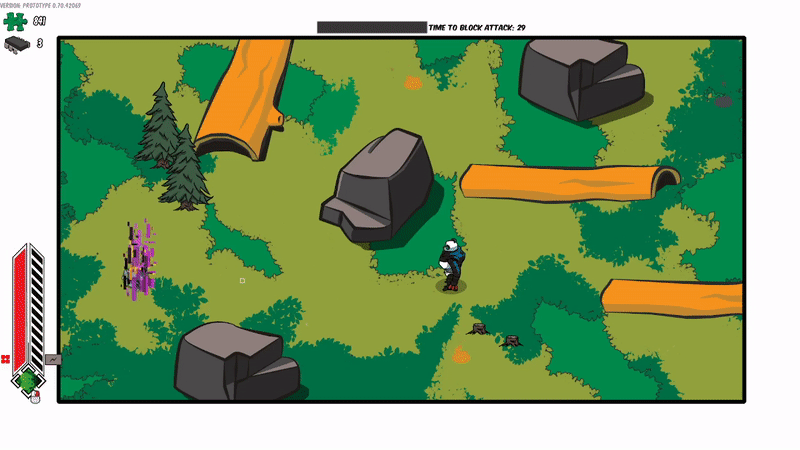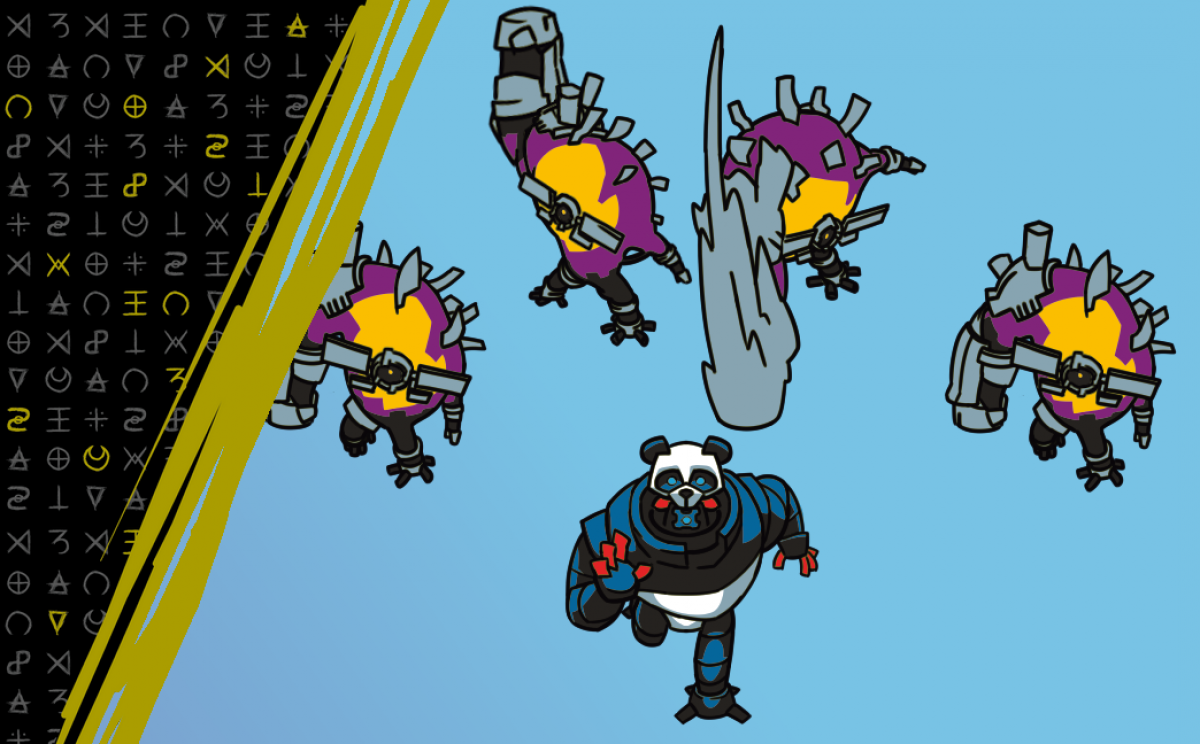We are not the first to tell that video games are an odd kind of media product. While movies, TV shows, and books are complete in themselves, a game only exists while players are interacting with it. So, while every media product should consider the public it’s trying to reach, that’s even more true for videogames. That’s why we decided to start testing Electronic Evolution as soon as possible. And we would recommend the same approach to any indie game developer trying to deliver a game that’s fun to play.
While developing a game, we put hundreds of hours into testing our prototype ourselves. After a while, we become masters of our game, unable to evaluate the difficulty curve and the quality of visual feedback. Besides that, we know beforehand all the shortcomings our prototype has, and thus we become used to its flaws. However, external testers will not hesitate to point out something that feels off, as the bad stuff is easier to find the first time you play any game.
Counting from early conception to now, we’ve been developing Electronic Evolution for about six months. It’s been a lot of fun to work on this project, but also exhausting, especially since the entire team still needs to care about their day jobs to pay the bills. So, it’s natural that we leave things to do later since we need to optimize our time and build what’s essential first. However, as soon as we started testing, stuff on the bottom of our to-do list became a high priority since players’ perceptions differed entirely from ours. Therefore, testing is extremely beneficial because it forces us to pay attention to something we are already desensitized from. Also, testing allows us to become more aware of what our game needs.
Just as an example, early testing allowed us to get to the conclusion that our game needed drop shadows, something we thought would only come up when final art was in development.
Projectiles and Shadows
As soon as we started our first round of testing, inviting friends and colleagues to give us their input on Electronic Evolution’s prototype, we received a lot of negative feedback concerning an enemy that shoots projectiles, the Spider Imitator. People felt the enemy was unfair since they had trouble dodging its projectiles. The input set ablaze a massive discussion among us about how we should rework all collisions. That, in turn, led us to study how other top-down and isometric action games dealt with collisions.

We tried to change the position of collision boxes, change the speed of the projectiles, make them bigger, add an aim line to the Spider Imitator that would let the player the direction the projectile would go… These tweaks improved the game’s feel, but they were still not enough to solve the problem. Sometimes players felt it was hard to dodge precisely from the projectiles. Of course, this was not good and not up to the high standards we set for ourselves.
So, while trying to solve the projectiles issue, we began discussing the implementation of depth in our 2D game. While this depth would not be seen, it would be used to calculate the relative position of objects. That would be a complex solution that came with a series of problems of its own to solve. However, we couldn’t think of anything else to adjust on our code to allow the player to have complete control over the dodge.
And then, it hit us. Some players had trouble with dodges because the relative distance between player and projectiles considers the height of said projectile. And while we, developers, knew the height of the projectiles and thus were able to dodge them with ease, there was absolutely no indicator on the screen for the player to understand what was going on. The player had to imagine where the projectiles were located in correlation with the player, simply because our objects didn’t have a shadow. Since we are still using placeholder art, we never considered shadows essential to the gameplay, mainly because we didn’t have trouble understanding how our game works without visual feedback.

This anecdote is just a small example of an issue that could only be detected and solved early on with the help of external testers. We are still organizing new rounds of testing every few weeks through our Discord channel, and each new build gets a better reception. We set our goals based on the feedback we receive from players, polishing, improving, and completely changing the mechanics that don’t work well enough. While we are deep into production, our vision gets used to the flaws of Electronic Evolution, so we are grateful for all the people who help us better see the problems that must be fixed.



Join Our Coven